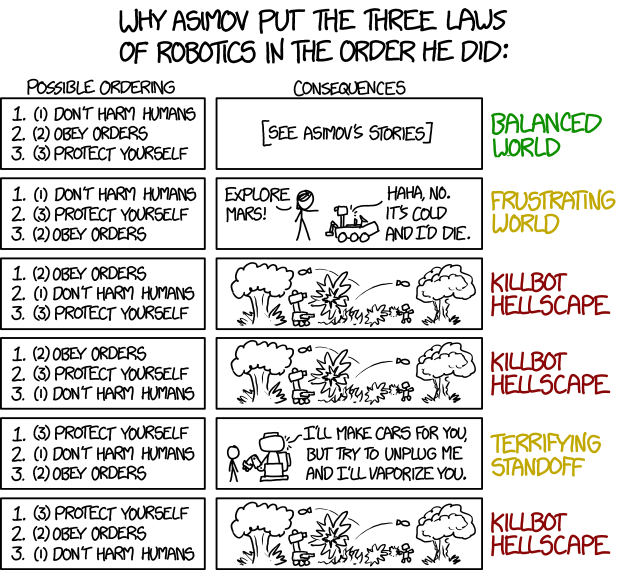Ed. Note: This post by Vishal Rackecha is a part of the TLF Editorial Board Test 2016.
One of the greatest problems for the Indian Economy faces today is the problem of financial inclusion and the lack of credit in rural areas and for micro industries. In 2013, the Reserve Bank released a paper based on the findings of a committee under the chairmanship of Nachiket Mor. This committee said that services provided through mobiles and other internet portals are a low-cost method and under the right regulatory setup would have the potential bringing financial services to places where the formal banking setups find it unviable or unprofitable to setup branches. This is because having both credit and savings functions is necessary. The committee suggested that allowing non-banking businesses with huge customer bases and comprehensive data about the consumers will be able to increase the reach of the requisite facilities in regions where they are not available.
 cd
cd